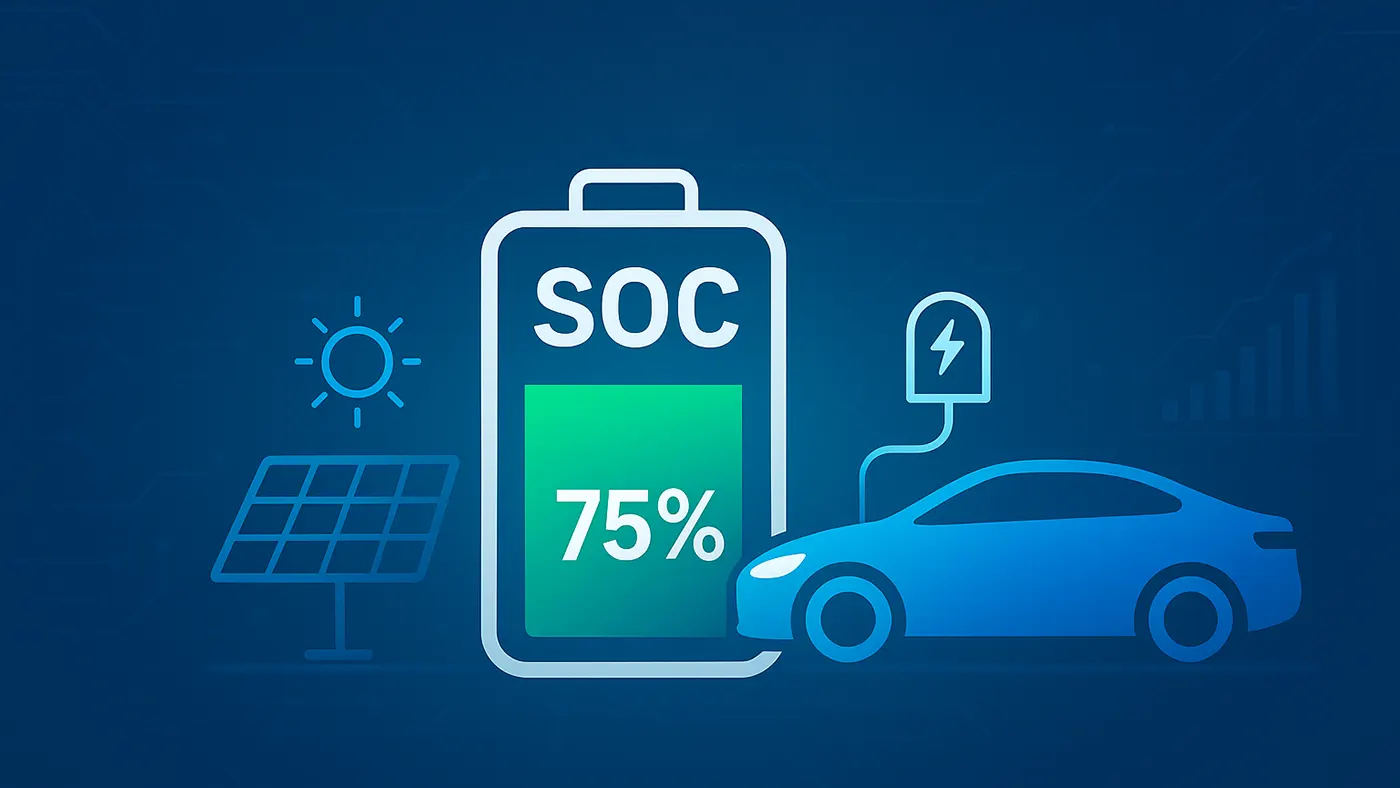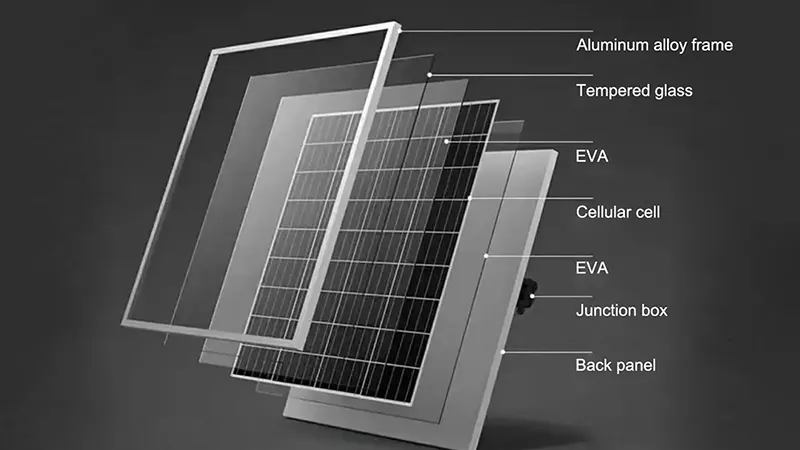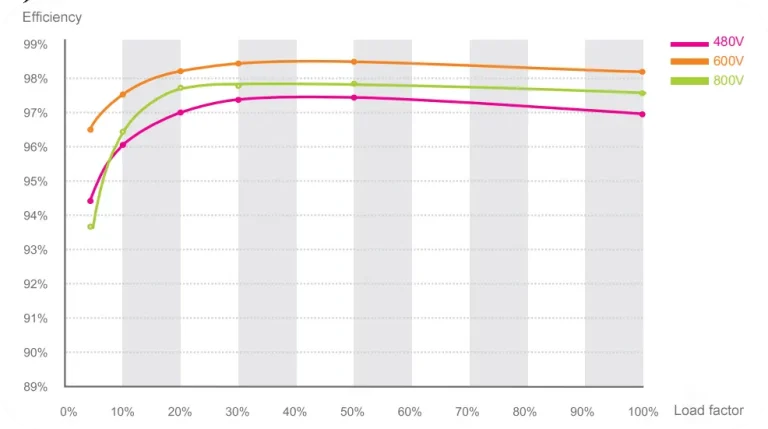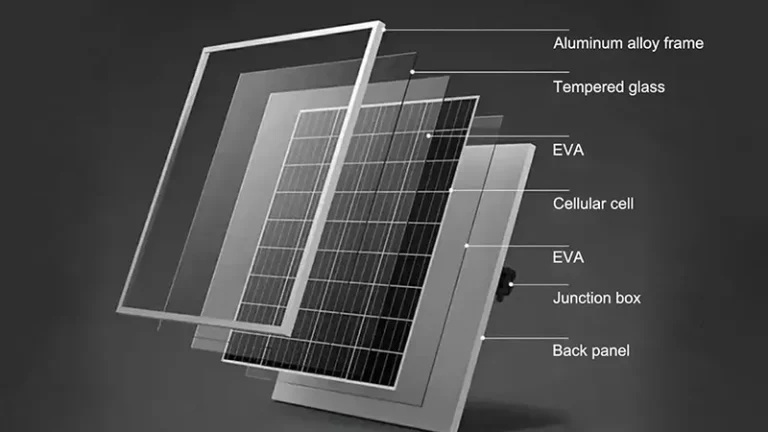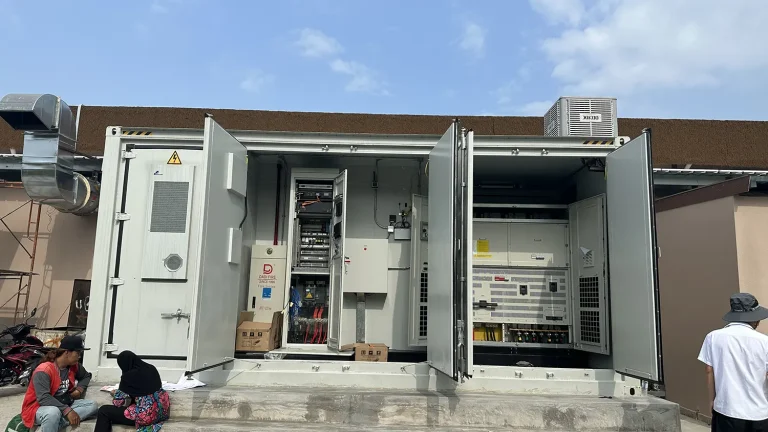11 October, 2025
What Is the C Rate and How to Calculate It
The C rate is a key parameter that describes how quickly a battery is charged or discharged relative to its capacity. Understanding the C rate is essential for anyone working with lithium-ion, lead-acid, or other rechargeable batteries, as it directly affects performance, lifespan, and safety.
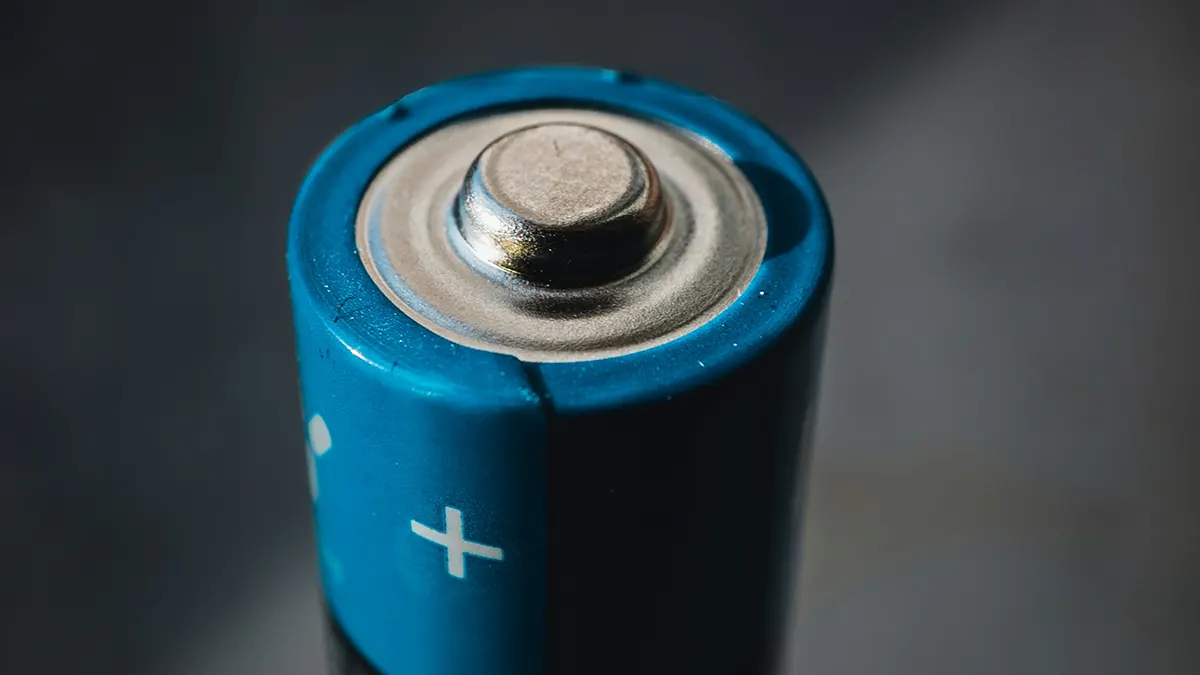
What is the C rate in batteries
The C rate (charge/discharge rate) measures how fast a battery can be charged or discharged within a given time. It is based on the battery’s rated capacity, representing the ratio between the charging or discharging current and its capacity.
Simply put:
- A higher C rate means faster charge/discharge.
- A lower C rate means slower, gentler operation.
Examples:
- 1C: Fully charged or discharged in 1 hour.
- 0.5C: Fully charged or discharged in 2 hours.
- 2C: Fully charged or discharged in 0.5 hour.
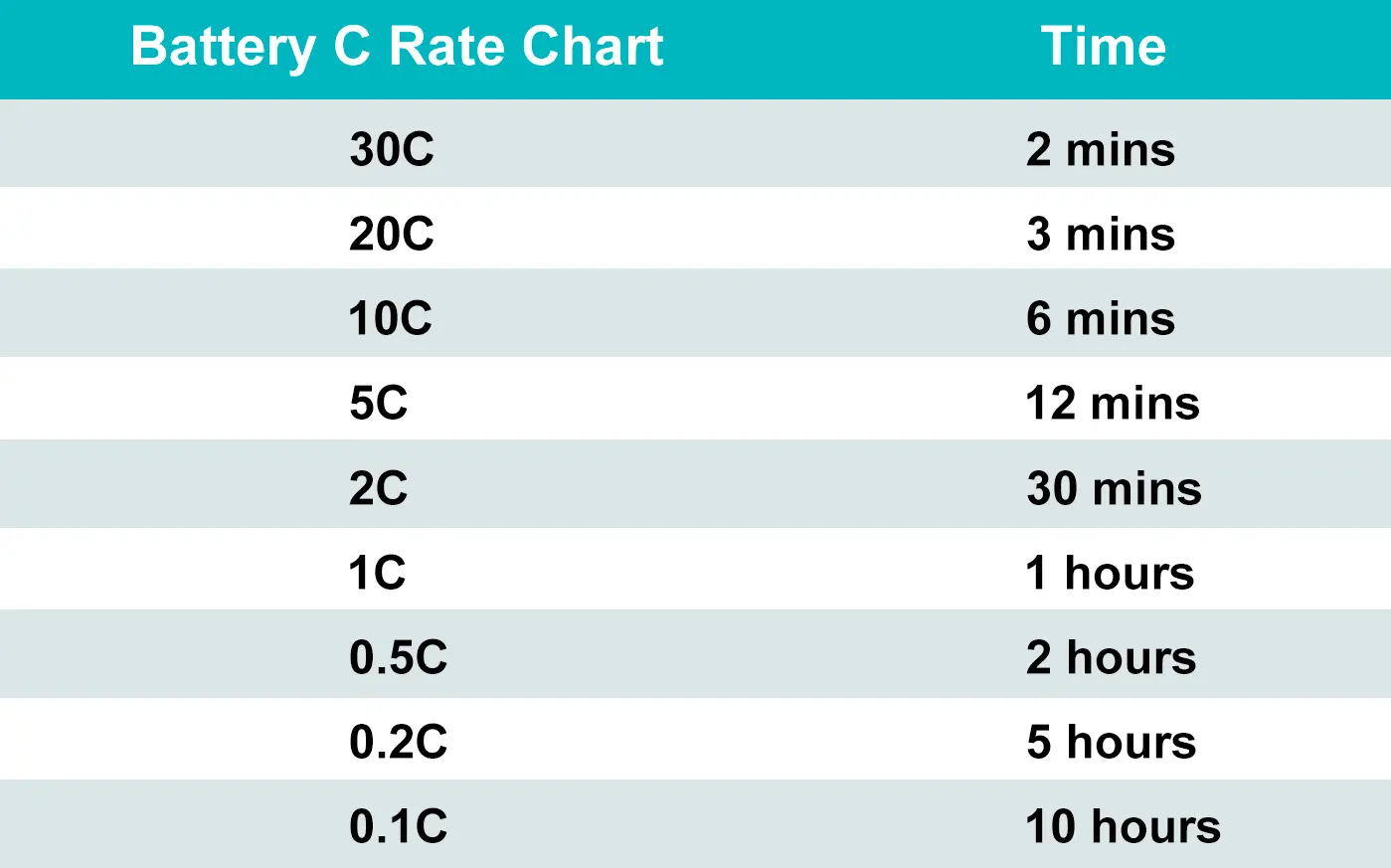
You can think of the battery as a water bucket: Its capacity is how much water it can hold, while the C rate represents how fast you fill or drain it.
Faster water flow (higher C rate) fills or empties the bucket quicker; slower flow (lower C rate) is steadier and safer.
How to calculate the C rate
In simple terms, the C rate represents the current required to charge or discharge a battery within one hour.
For example, in GODE’s DQ1911 All-In-One ESS with a battery capacity of 100Ah:
1C = 100A
0.5C = 50A
2C = 200A
🔋 Calculator a Battery C Rate
C rate calculation formula
C rate = I / Cnominal
Where:
I = charge/discharge current (A)
Cnominal = battery rated capacity (Ah)
Charging time estimation
Ideally, a 0.5C charging rate takes about 2 hours to fully charge a battery.
However, real charging time is often longer due to:
- Decreasing current during the constant voltage phase
- Charging efficiency < 100%
- Temperature and BMS control limitations
In practice, 0.5C charging usually takes around 2.2–2.5 hours to complete.
Battery Performance Under Different C Rates
(1)Charging Time Comparison
- 0.5C charging: Gentle and safe, suitable for daily use.
- 1C charging: Common for fast charging; requires stronger cooling and control.
- 2C or higher: Used in EVs and high-power applications, mature but costlier.
(2)Discharge Performance
- Low rate (0.2C–0.5C): Higher energy utilization, full capacity output.
- Medium rate (1C): Balanced energy and power, widely applicable.
- High rate (3C–10C): For drones, tools, EVs—supports large instant currents.
(2)Discharge Performance
Higher C rates generate more heat due to internal resistance. Without good thermal design, batteries may overheat or fail. Effective cooling is essential for high-rate performance.
Examples of C rate in real applications
| Application | Typical C rate | Description |
| Smartphones | 0.5C – 1C | Safe and stable charge and discharge speed for daily use |
| Power Tools | 5C – 10C | Supports high-power, short-term discharge |
| Electric Vehicles | 1C – 3C | Fast charge and discharge, balancing power and efficiency |
| Energy Storage Systems | 0.2C – 1C | Stable operation and long cycle life |
- Energy storage systems: Striving for stability and longevity, typically use a charge rate of 0.5C to 1C.
- Electric vehicles: Require both fast charging and high power output, typically requiring a charge rate of 1C to 3C.
- Power tools/drones: Require high instantaneous currents and often support discharge rates above 5C.
Therefore, blindly pursuing the highest charge rate is not the best option. For the energy storage industry, a reasonable charge rate design can achieve the optimal balance between performance, lifespan, and safety.
Why C rate matters
The C rate determines how a battery behaves during operation:
- Performance: Higher C rates enable faster charging/discharging and better power output.
- Efficiency: At higher discharge rates, part of the energy is lost as heat due to internal resistance, which can reduce the effective capacity of the battery by 5% or more.
- Battery Life: Continuous high-rate use accelerates degradation.
- Safety: Proper C rate management prevents overheating and failure.
In short, selecting the right C rate balances speed, performance, and longevity.
Conclusion
The C rate is more than a technical specification—it’s fundamental to understanding how batteries perform and last.
By mastering how to calculate and control it, engineers and users can optimize design, safety, and efficiency across electric vehicles, energy storage, and consumer electronics.
C rate FAQs
share

